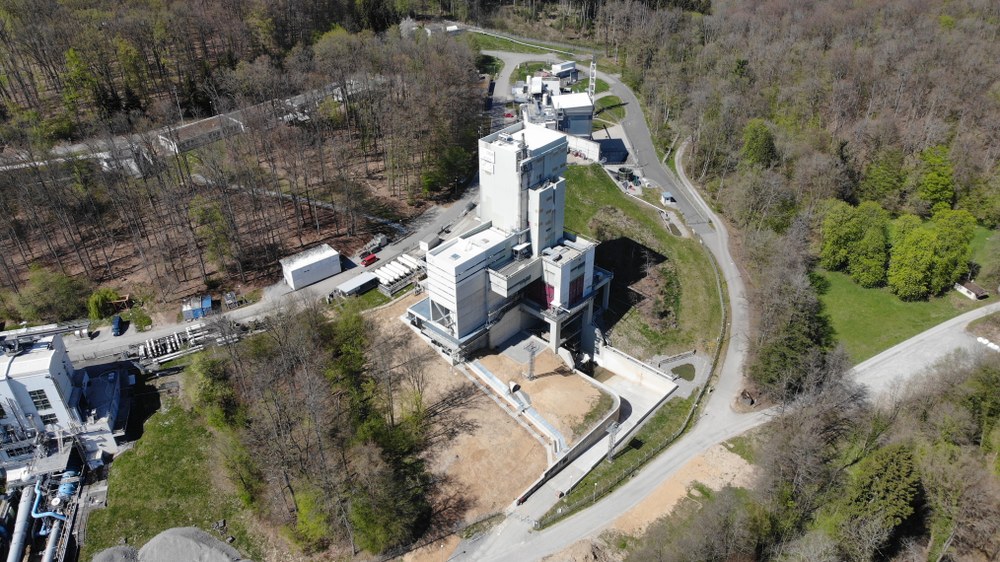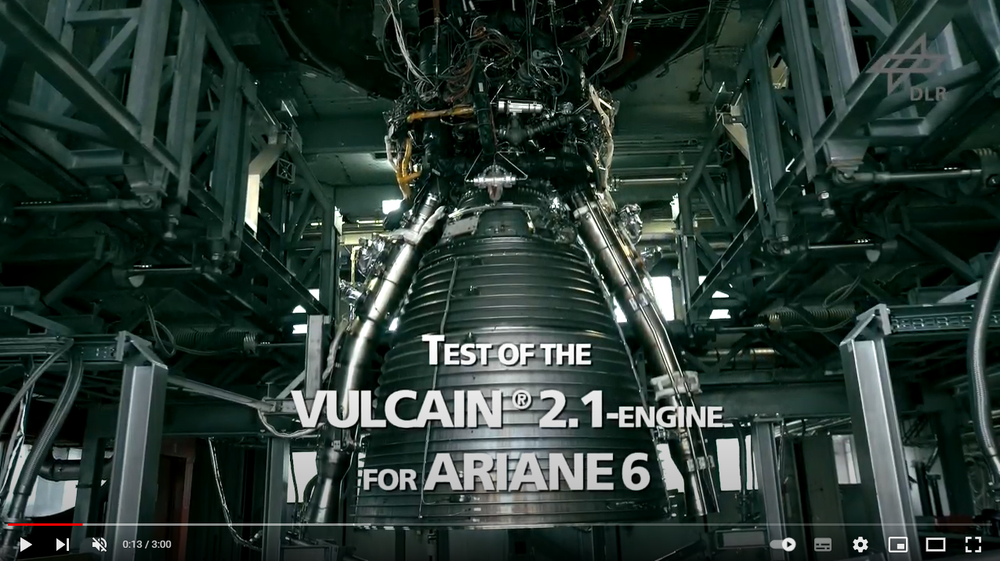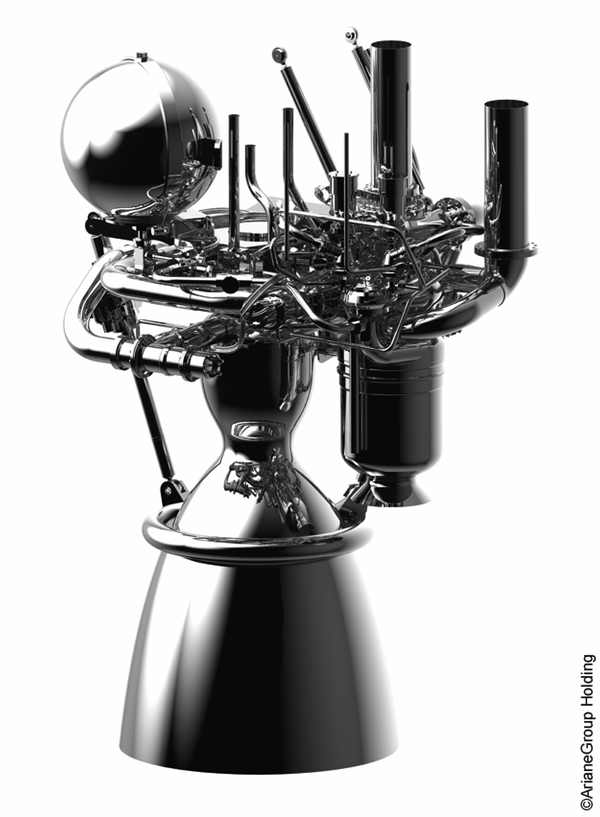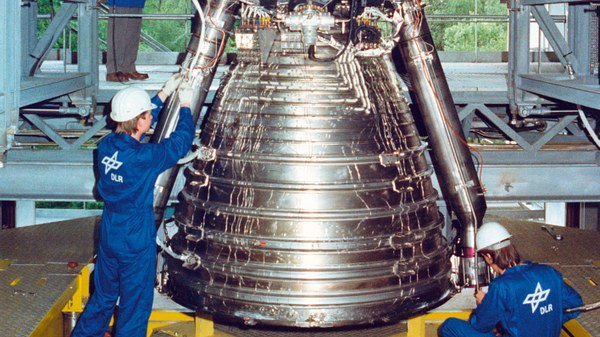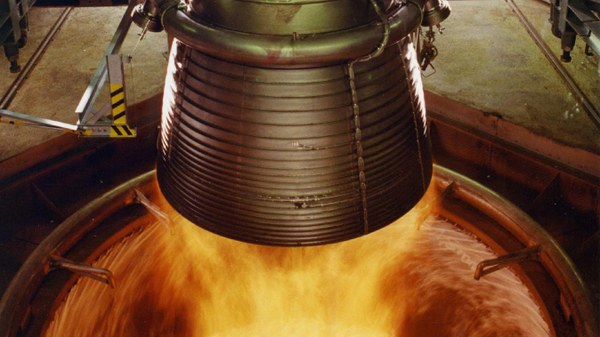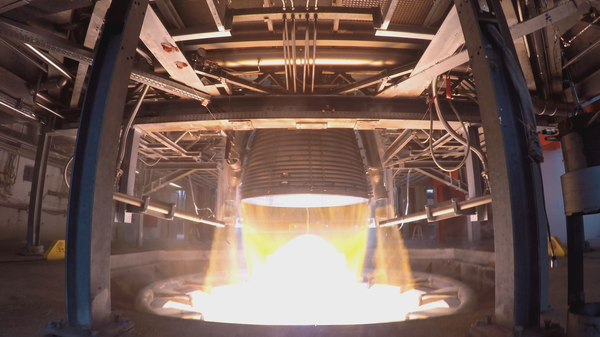Prometheus
Prometheus is an elementary component of the future European launcher. A combination of liquid oxygen and liquid methane will be used as fuel. By bundling several Prometheus engines in the first stage, sufficient thrust is generated to be able to dispense with the additional solid rockets previously used during launch.

